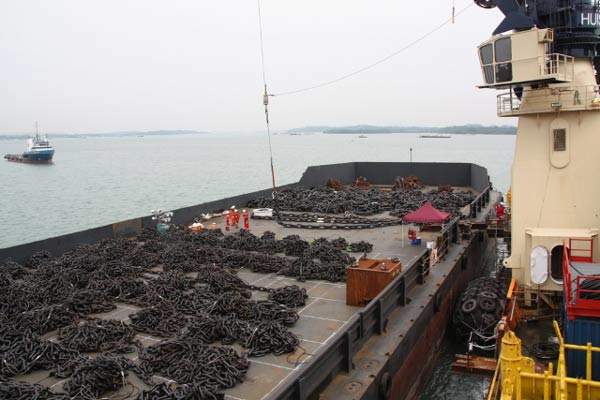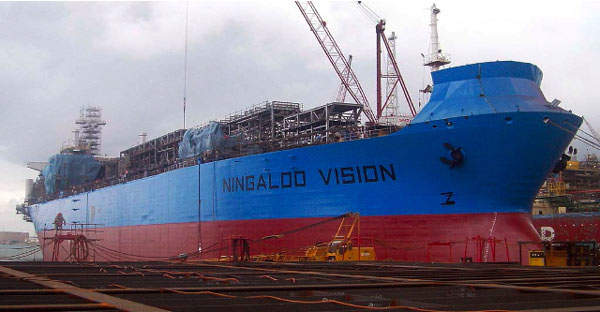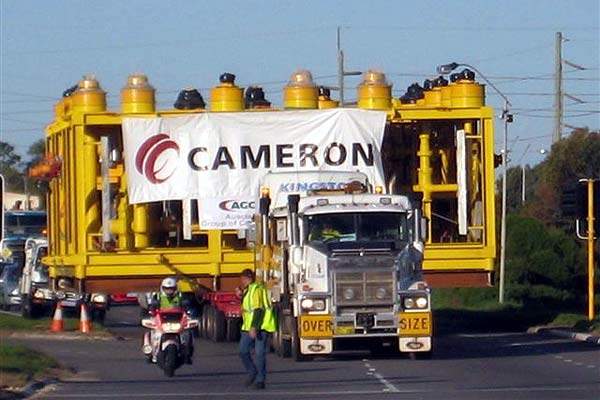The Van Gogh field lies 53km north of Exmouth, Western Australia, in exploration permit WA-155-P (1) in the Exmouth Sub-basin. Part of the Vincent field, it lies in water depths between 340m and 370m.
Apache Energy, formerly an Australian operating subsidiary of US-based Apache Corp, developed the field on behalf of the project’s joint venture participants Apache Northwest and Inpex Alpha, of Japan.
The project’s capital expenditure was approximately A$700m ($560m). Apache funded a 52.5% equity share of this cost. Apache Corp sold Apache Energy to a consortium of private equity funds managed by Macquarie Capital Group and Brookfield Asset Management in June 2015. The transaction marked Apache Corp’s exit from Australian exploration and production.
The Theo-3H appraisal well, drilled in June 2007, was tested at just under 10,000bpd.
The Stena Clyde drill rig, operated by Stena Drilling, started drilling the first Van Gogh development well in January 2008.
A second drill rig, Ocean Epoch, was contracted to drill four of the Van Gogh development wells in June 2008.
A total of 19 production wells, including nine dual-lateral wells, were drilled, as well as two water-injection wells and one gas-injection well. The aggregate horizontal interval drilled for all of the wells crossed 106,000ft (32km).
In February 2010 Apache Energy announced that oil production had started at the field. The field is designed for a peak production capacity of 63,000bopd.
Van Gogh geology
The Exmouth Sub-basin lies in the northern part of the Carnarvon Basin. Early Jurassic extension initiated the four main depocentres, namely the Exmouth, Barrow, Dampier and Beagle Sub-basins. The Exmouth Sub-basin contains up to 15km of Triassic to Cainozoic sedimentary section.
Almost all the hydrocarbon reservoirs are Upper Triassic, Jurassic and Lower Cretaceous sandstones beneath the regional Lower Cretaceous seal.
Van Gogh oil is similar to some of the other oils found to date in the Exmouth Sub-basin. It has an API gravity of 17° and a viscosity in the order of 11-14 cP.
The in-place oil volume is estimated at 160 million barrels, of which in excess of 50 million barrels is being produced.
Van Gogh development
The development of Van Gogh involved the installation of subsea well-production equipment connected to a floating production storage and offtake (FPSO) vessel, Ningaloo Vision, which was built and is operated by ProSafe.
Oil is extracted, processed and exported from the field via the FPSO, which is moored to the ocean floor via a disconnectable turret mooring buoy.
Attached to the buoy are flexible flowlines that connect to two subsea manifolds and the production well heads.
FPSO Ningaloo Vision
Weighing roughly more than 101,000t fully loaded, Ningaloo Vision is slightly smaller than other FPSOs in the area, with a storage capacity of 540,000 barrels of oil and an oil processing capacity of 63,000bpd. It is a refit of an existing Aframax-size oil tanker MT Kudam and was commissioned in January 2009.
Ningaloo Vision is designed to disengage from the field and leave under its own power in the event of extreme weather such as cyclones.
Commissioning of the FPSO was originally scheduled for early 2009 but was delayed due to a fire at the Keppel Shipyard. The fire had damaged the process control and well control systems, as well as the power supply and emergency shutdown systems.
Van Gogh production
Produced fluids are gathered via subsea production manifolds and transported through dual 10in production flowlines and dynamic risers to the FPSO turret manifold.
All processing of the production fluids takes place aboard the FPSO. The topside facilities process reservoir fluids to export-quality specifications for storage and offloading, produced water for re-injection into the subsea aquifer and gas for fuel and re-injection into the reservoir.
Gas re-injection and gas lift is carried out via a bidirectional 8in flowline and 10in riser, while water re-injection is via a 10in flowline and riser to the first water injector well.
The development is expected to have a life between 12 and 15 years.
Contracts for the Van Gogh Oil Project
Acergy (now Subsea 7) was awarded an $85m contract for installing the complete infrastructure related to the Ningaloo Vision FPSO. The scope of work included installation and pre-commissioning of a DTM buoy, moorings, risers, flowlines and umbilicals.
MacGregor supplied the control systems of the FPSO, and JDR provided the subsea production umbilicals.
Jumbo Shipping was responsible for transporting the DTM buoy to the field.
A $100m contract was awarded to Cameron to supply subsea manifold structures, subsea trees and related equipment for the field. Keppel was subcontracted by ProSafe to carry out the conversion work of the FPSO under a S$100m ($81m) contract.










